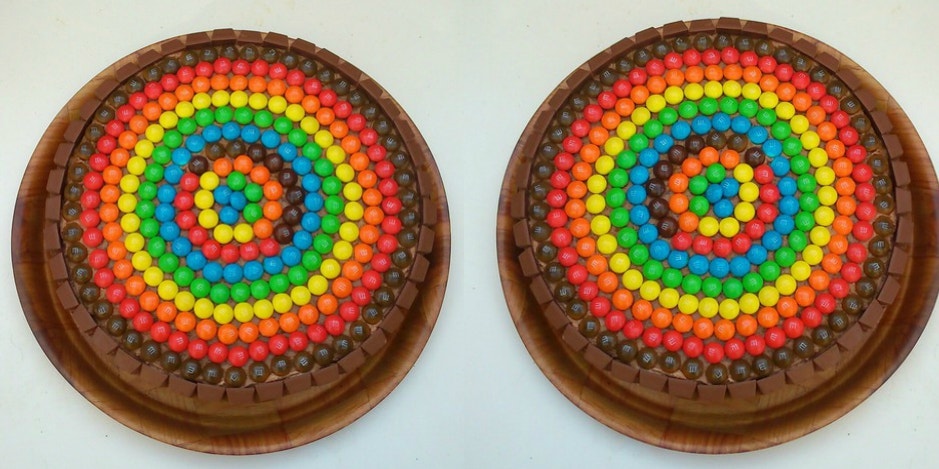7 Things Every Woman Should Know About Her Areolas
How much do you know?
 weheartit
weheartit Middle school was the first year that I ever was faced with my own inhibitions of feminine body consciousness. Our physical education teacher informed us on the first day of school that we would have to dress out (no problem) and then after P.E., all girls were required to take a shower.
The shower room was a giant space with wall to ceiling tile and shower heads all around. The only problem is that the showers were open. There weren't any curtains or shower doors to shield onlookers from watching.
The following week, our first disrobe session in the girl's locker room began. We were all awkward teenager girls — some with fully grown breasts and others, like me who just started to experience maturity.
The one thing that we all did have in common was the desire to cover up our breasts at all costs while disrobing. Hands cupped over nipples and areola, each arm would slip through a shirt held by our teeth. It was a sweet victory if you could change from brassiere to sports bra without a reveal of the circles that made a bull's eye on the center of our breasts.
Back then, I did not have any curiosity or desire to see another woman's boobs. No one dared mention the word breast in public, let alone display their boobs with pride. But now that I'm older, thanks to television, my frequent bouts at the gym, and having to change, once again around other women, it's pretty obvious that no woman's breasts or their unique features are alike.
Perhaps you've noticed the differences in shape and pattern of your own areola. Some women have opted for unique surgical enhancements, and others tattoos to change the shape from circle to heart.
But no matter what you do know, there are 7 commonly asked questions about areolas, and all answered here:
1. What is areola pigmentation?
3. Are areola bumps normal?
4. What does it mean if your areolas are bigger than usual?
6. Why do areolas get darker during and after pregnancy?
Also, the changes caused by the body's production of melanin will reverse after the baby is born letting your body, and areolas go back to normal. However, to try to reduce the amount of melanin that your body makes while pregnant, stay out of the sun.
7. Can I make my areola smaller?
Some women feel really self-conscious about having smaller breasts with really large areolas and want to find a way to reduce the color naturally. Unfortunately, a lot of the treatments online that promise a natural solution are not likely to be successful. So, if you really can't embrace your body the way it is naturally, there are nipple reduction surgeries or tattoo artists that specialize in areola enhancement. But using bleaches, subliminal message, or any other types of products are not going to change your natural beauty.
The most important thing to remember is that your areola is as unique as you are, and for that reason alone, you should celebrate this wonderful part of your body.

